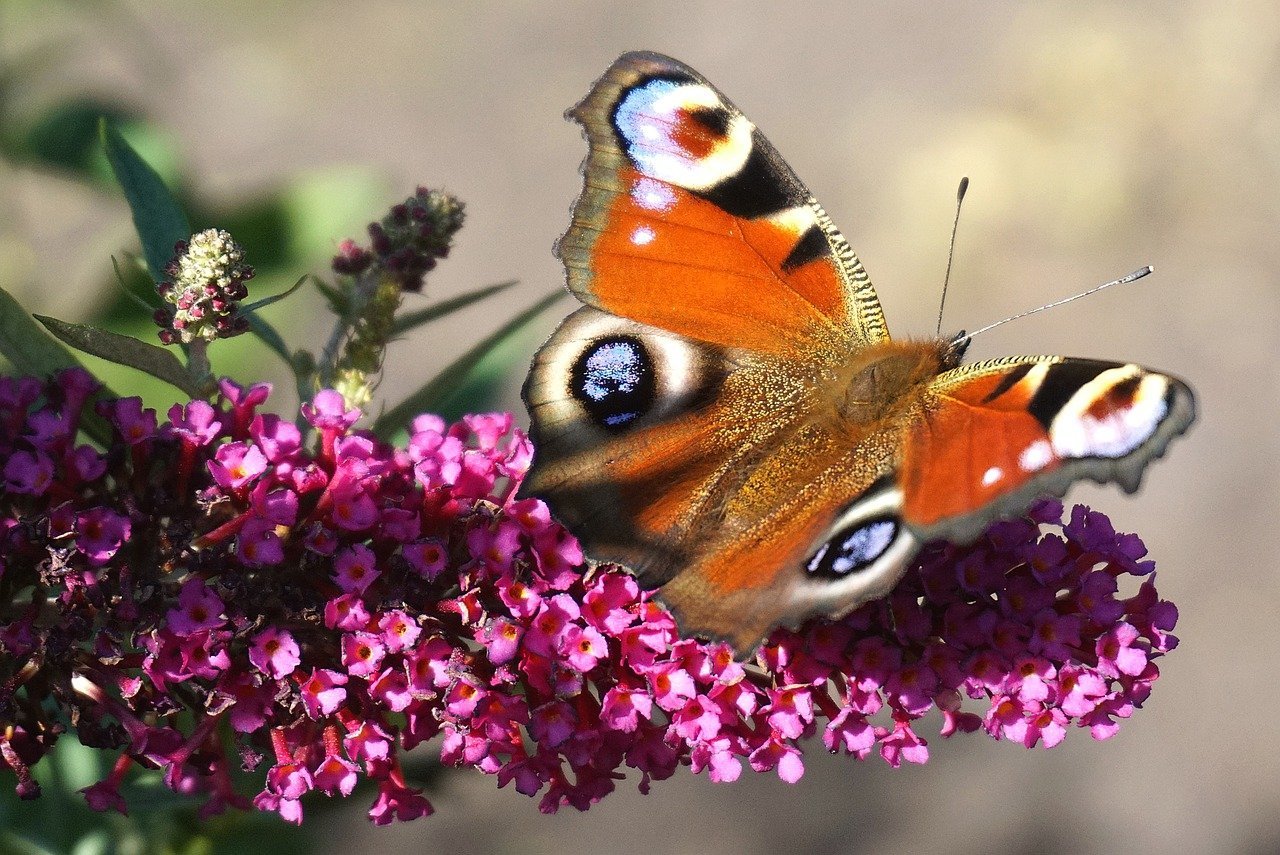“Creating a Butterfly-Friendly Garden: A Comprehensive Guide
Introduction:
A butterfly garden is not only a visual delight but also a sanctuary that supports the lifecycle of butterflies. By selecting the right flowers and creating a suitable environment, you can attract these delicate creatures and provide them with essential nourishment and habitat.
Understanding the Lifecycle of Butterflies:
Before delving into plant selection, it’s crucial to understand the lifecycle of butterflies, which consists of four stages: egg, larva (caterpillar), pupa (chrysalis), and adult. Each stage has specific needs, from food sources to shelter, highlighting the importance of creating a diverse and supportive environment in your garden.
Plant Selection:
Choosing the right flowers is paramount to attracting butterflies. Opt for nectar-rich, native plants that provide continuous blooms throughout the season. Here are some popular choices:
-
Milkweed (Asclepias): Essential for monarch butterflies, milkweed serves as both a host plant for caterpillars and a nectar source for adult butterflies.
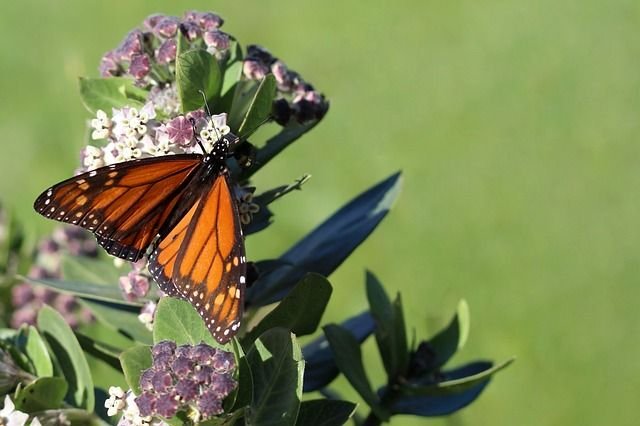
Milkweed Plant (www.blossomguide.com)
-
Lavender (Lavandula): Known for its aromatic blooms, lavender attracts various butterfly species with its abundant nectar.

Lavender(www.blossomguide.com)
-
Purple Coneflower (Echinacea purpurea): This resilient perennial offers nectar for butterflies and seeds for birds, enhancing biodiversity in your garden.
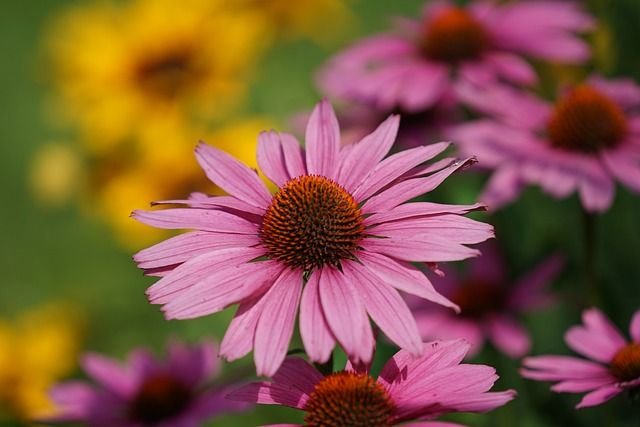
Coneflowers(www.blossomguide.com)
-
Black-eyed Susan (Rudbeckia): With its bright yellow blooms, Black-eyed Susan is a favorite among many butterfly species, providing a vibrant splash of color.
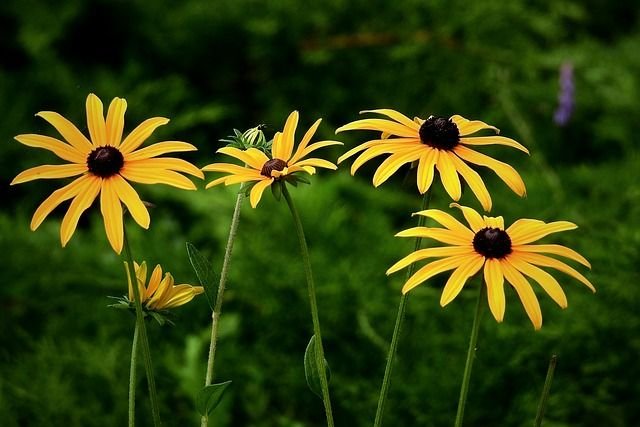
Blackeyedsusan(www.blossomguide.com)
-
Butterfly Bush (Buddleja davidii): True to its name, this shrub is a magnet for butterflies, offering abundant nectar-rich blooms.
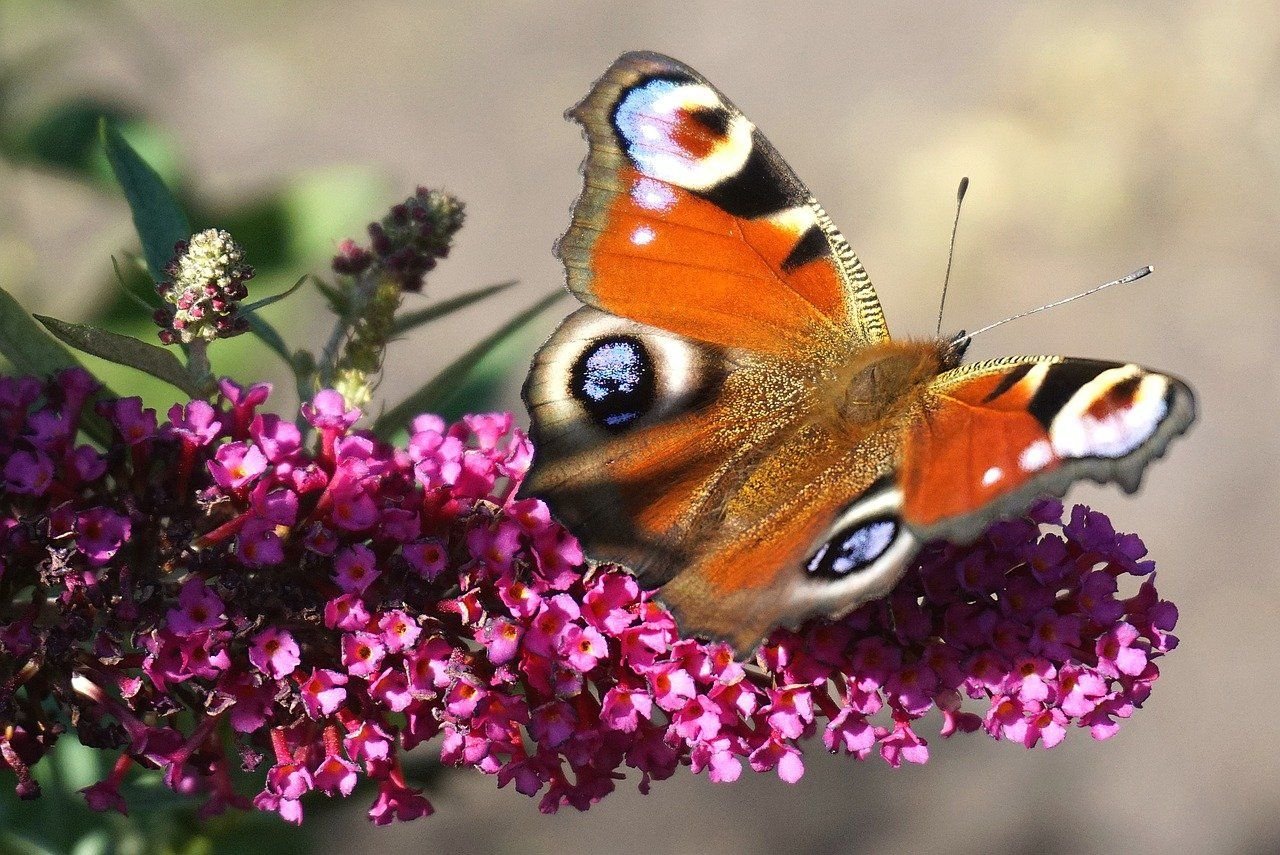
Butterflybush(www.blossomguide.com)
Garden Layout and Design:
Consider the following design principles to create a butterfly-friendly garden:
-
Plant in Clusters: Grouping flowers in clusters makes them more visible and accessible to butterflies, facilitating feeding and maximizing their energy intake.
-
Provide Sunlight: Most flowering plants require ample sunlight to thrive and produce nectar. Ensure your garden receives at least 6-8 hours of direct sunlight daily.
-
Include Host Plants: Incorporate host plants specific to local butterfly species. These plants serve as food sources for caterpillars and support the entire butterfly lifecycle.
-
Create Shelter: Incorporate shrubs, trees, and other structures to provide shelter from wind and predators, creating a safe and inviting habitat for butterflies.
-
Avoid Pesticides: Maintain a pesticide-free garden to protect butterflies and other beneficial insects. Embrace natural pest control methods and encourage a balanced ecosystem.
Additional Tips:
- Water Source: Consider adding a shallow water source, such as a birdbath with stones or sand, to provide butterflies with a place to drink and puddle.
- Seasonal Planning: Plan your garden to ensure continuous blooms from spring to fall, supporting butterflies throughout their active season.
- Educate and Share: Engage with your community by sharing knowledge and resources on butterfly gardening, fostering awareness and appreciation for these beautiful creatures.
Conclusion:
Creating a butterfly garden is a rewarding endeavor that brings joy, beauty, and ecological benefits to your outdoor space. By selecting the right flowers, understanding butterfly lifecycles, and designing a supportive habitat, you can enjoy a thriving butterfly garden that nurtures these enchanting creatures for years to come.
